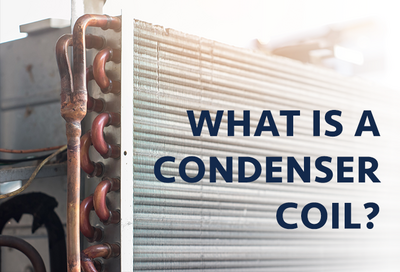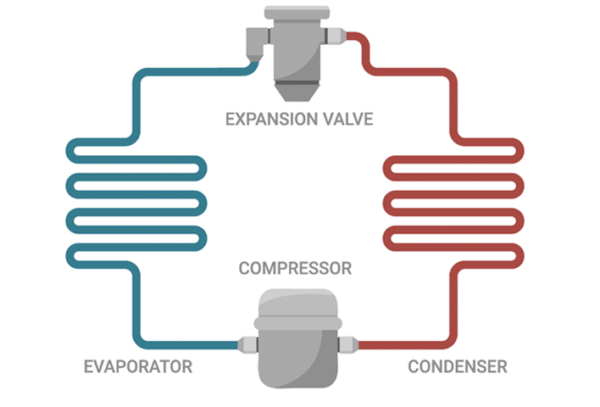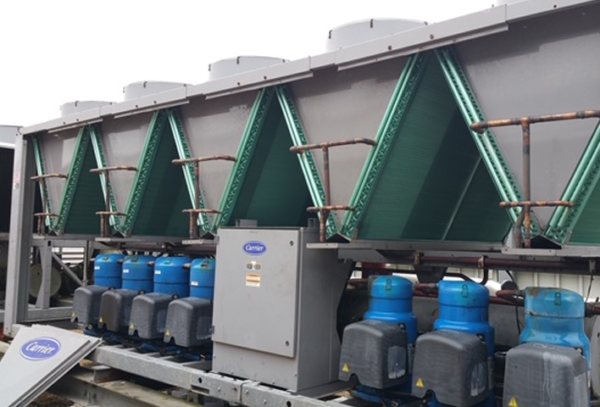What is a Condenser Coil and How Does it Work?
With the warmer weather approaching, let's take a closer look at condenser coils...

A condenser coil is a key component in air conditioning systems. It is located in a condensing unit or condensing section with access to ambient outdoor air. The condenser coil is responsible for releasing heat absorbed from inside a building or space into the external environment.
The job of a condenser coil begins with an evaporator coil, which is typically located indoors within the air handler unit. The condenser coil works in tandem with the evaporator coil to complete the heat exchange cycle.
The evaporator coil contains cold refrigerant that absorbs heat from the indoor air drawn over the evaporator coil by the system's blower fan. This heat absorption causes the refrigerant to evaporate from a liquid into a gas, cooling the indoor air in the process.
The now high-pressure, high-temperature refrigerant gas, travels to the outdoor unit, where it enters the condenser coil. As the outdoor air is blown over the condenser coil by the blower fan, the hot refrigerant gas releases its heat to the outdoor air. This heat transfer process allows the refrigerant to condense from a gas to a high-pressure liquid state. The liquid refrigerant then flows to the expansion valve, evaporating back into a low-pressure gas and absorbing heat from the indoor air. This cycle then repeats to provide continuous cooling.

The condenser coil's role is essential to dissipating the heat absorbed from the indoor air, thus allowing the air conditioning system to maintain comfortable indoor temperatures.
CONDENSER COIL LIFESPAN
With proper cleaning and maintenance, a condenser coil can last anywhere from 10 to 20 years depending on environmental factors. To increase its lifespan and put an end to common refrigerant leaks, consider converting the all-aluminum microchannel to a copper tube, aluminum fin coil. Not only will your condenser coil be more durable, reliable, and run more efficiently but, should it need a repair, the upgraded microchannel is much easier to fix.









